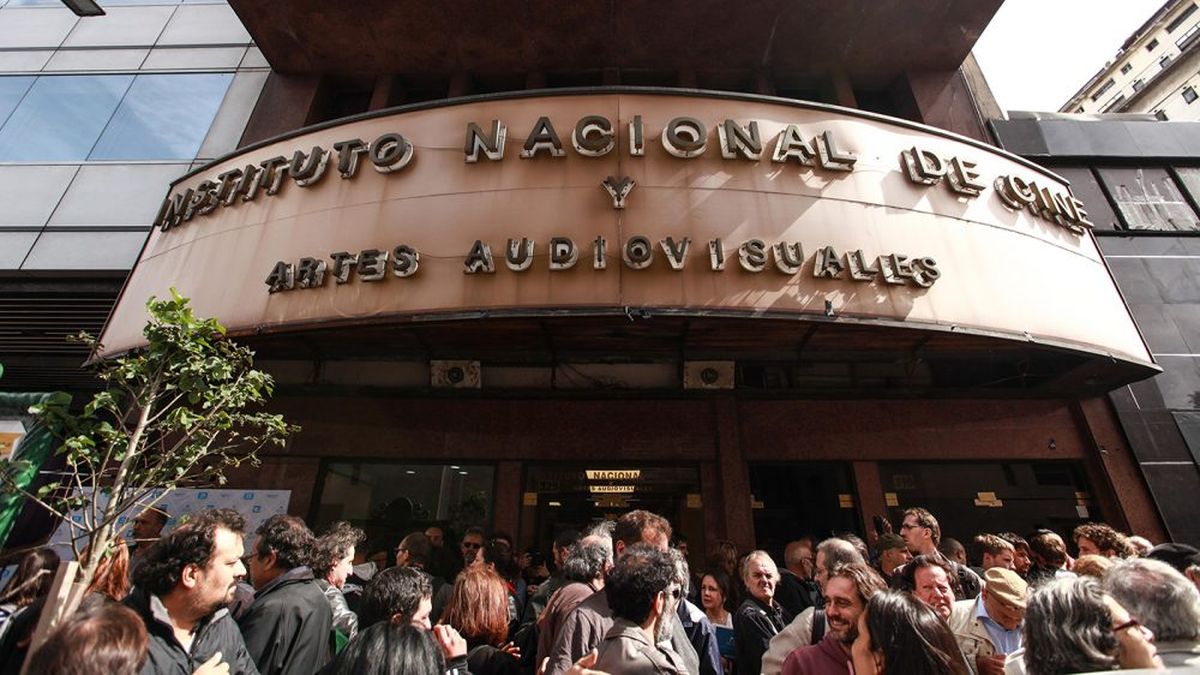For several years it was considered the Argentina, a major hub for audiovisual productionheterogeneous and diverse, a pioneer in the region’s cinema, recognized worldwide for its small and large films, not only for its talent and locations but possibly for its support and promotion of the industry. However, from now on, one falls into a limbo.
It is necessary to remember that the “free” and first world countries that the current Government aspires to resemble, such as France, Italy, the United Kingdom, Germany, Finland and Sweden, among others, have strict plans to promote culture and cinema. The same goes for state media, they are strong producers of content supported by the State.
The audiovisual community has spoken out against decree 662/2024, which eliminates the screen quota for Argentine cinema, the continuity average and the promotion of national production.
The screen share It is the minimum exhibition floor for national films in commercial theaters and multiplexes. The complexes dedicated to art cinema disappeared some time ago and there were “hugs” not only from movie buffs but from the community asking for those temples of cinephilia, for example the General Paz and long before that the Lorange, the Tita Merello or the INCAA spaces like the Gaumont. Only the Lorca on Avenida Corrientes remains with personal and independent films.
Javier Milei This decree was issued, which also repealed the continuity rule, a rule that allowed national films to remain in theaters if they reached a minimum number of viewers. National actors often asked the public that if they chose to see a certain national film, they should do so during the first week to enable it to remain in theaters thanks to the support of the public. With the cancellation of the continuity measure, the decision is entirely up to exhibitors, theatres and multiplexes. The decree published in the Official Gazette generated controversy in the film sector.
The rule goes against the funds allocated for the production of films, one of the pillars of the Film Lawsince a minimum percentage of the proceeds from tickets is allocated to INCAA and from there to promote more national film production. The decree also proposes a restructuring of INCAAincluding a reduction in expenses and a review of the subsidy system, that is, money that helps but in no way covers the entire cost of a film.
The decree suggests that film promotion should prioritize quality productions with box office success without imposing exhibition obligations on theaters. This new orientation favors large productions and could limit the space for medium and small films, which are crucial for the diversity and cultural identity of Argentine cinema. Going deeper, the Collective of Filmmakers claims that eliminating this type of film aims to annihilate critical thinking, the record of events of these times and erase the memory of the country.
The Filmmakers Collective stated in its statement: “As an audiovisual community, we maintain our democratic commitment and express our deep concern for the present and future of INCAA, for the maintenance of an Audiovisual Industry that generates genuine work and for all the stories that are at risk of disappearing.”
In Brazil the opposite occurs, and the exact opposite decision was taken.: They announced that they will make a multi-million dollar investment for the local audiovisual sector and specified that the scope of the screen quota should have a floor of 7% and 16%, depending on the number of screens in each complex. The government of Lula The company met with production companies, distributors and exhibitors to expand the possibilities of its offering. Each cinema complex will have to schedule a minimum number of sessions with Brazilian films, among the available options, replacing the requirement of screening days in force in the previous model.
According to Audiovisual Market, in June Lula announced the investment of 1.6 billion reais for the production of Brazilian films and series, which includes 200 million reais (36 million dollars) allocated to the international co-production fund, whose call received 476 projects from 47 countries, 52 from Argentina.
Source: Ambito
I am an author and journalist who has worked in the entertainment industry for over a decade. I currently work as a news editor at a major news website, and my focus is on covering the latest trends in entertainment. I also write occasional pieces for other outlets, and have authored two books about the entertainment industry.




